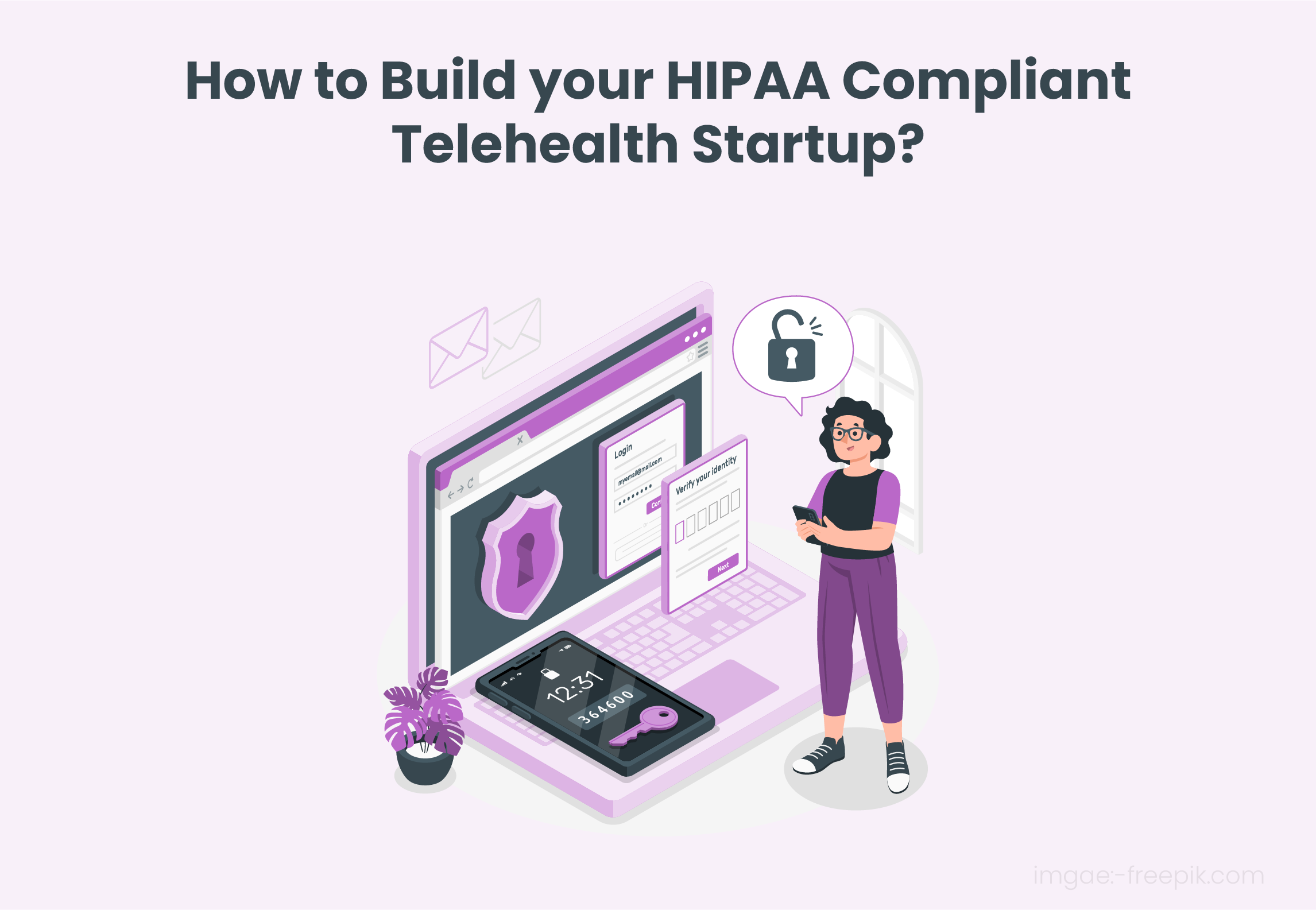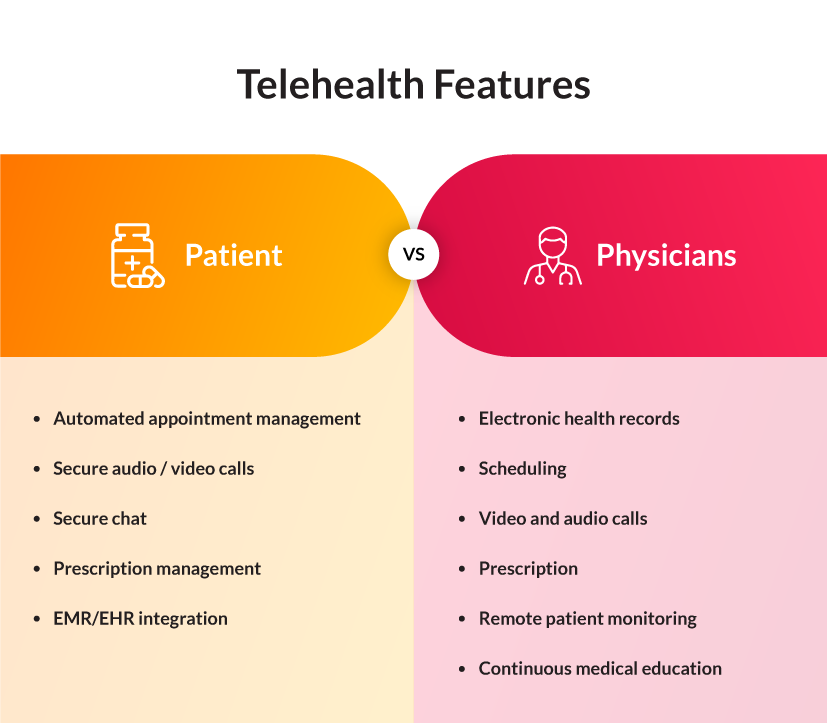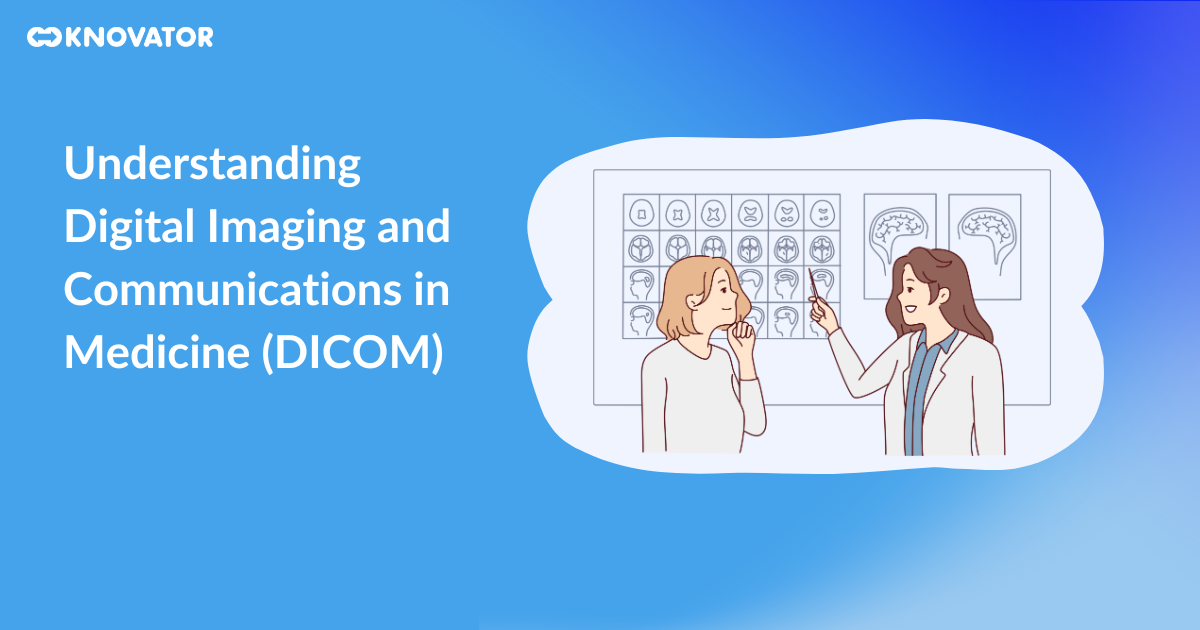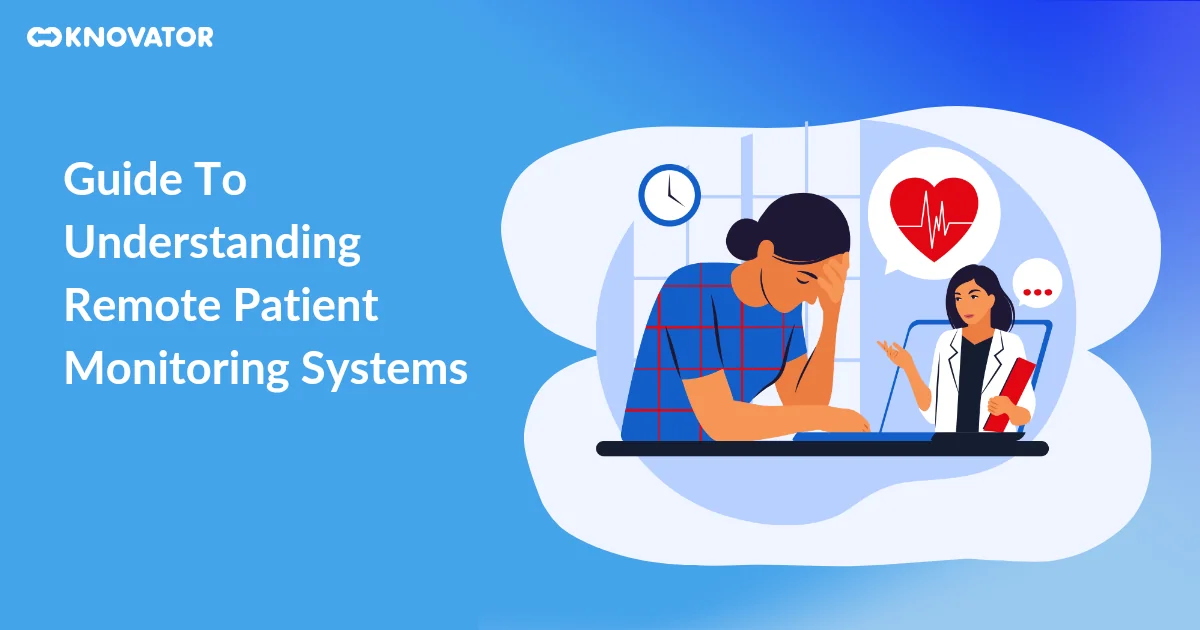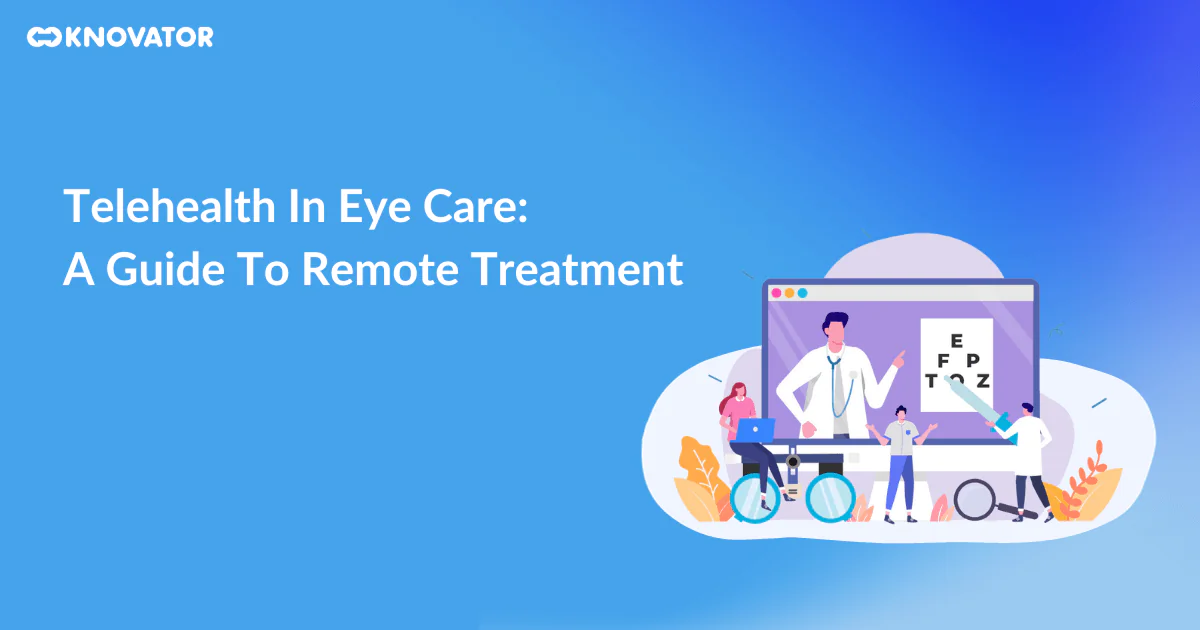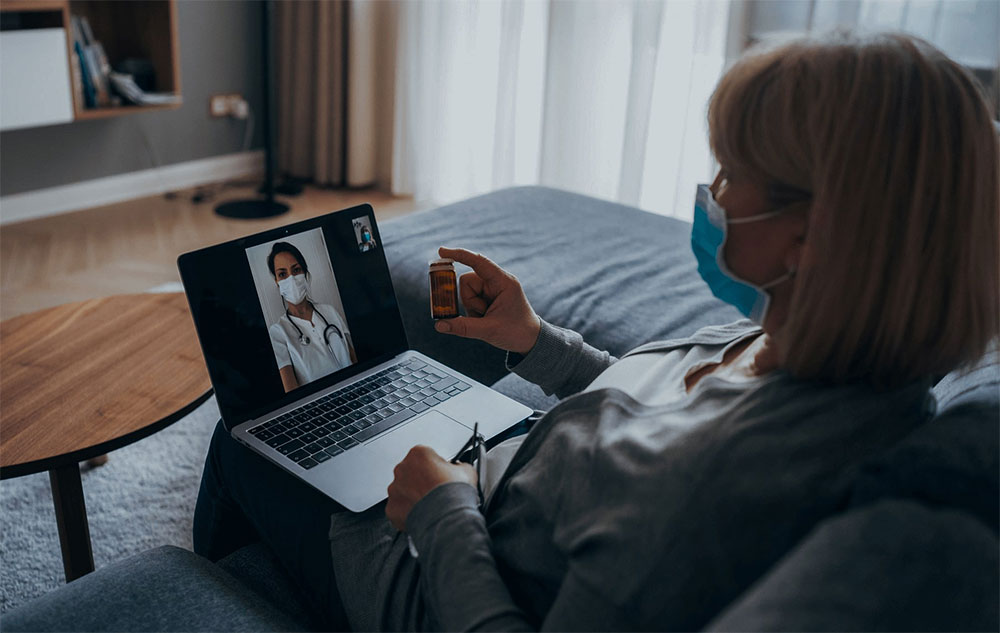Today society is suffering from some burning issues in healthcare. What all we need is accessible, efficient, and affordable healthcare services.
Telehealth has the great potential to deal with such issues and provide us with healthcare services.
Ingenious telehealth app development services uphold worth for both medical personnel and patients.
In this blog, we will discuss what challenges can be solved by a telehealth startup. Also, we will explore its features and required compliance with regulations for telehealth software development.
- Overview
The global telehealth market was valued $50 billion as of 2019. The market is forecast to grow significantly in the future nearly, 460 billion dollars by 2030. The growth is accelerated by advanced technological inventions.
Moreover, governments and healthcare providers are required to adopt new tech approaches for aspects such as the shortage of healthcare professionals, the increase of chronic diseases, and the growing need for outpatient and preventive care.
They explore the possibilities to enhance the productivity and overall care efficiency of the personnel.
For example, 65% of US physicians practise outpatient care. And 40% of medical specialists in inpatient care services. They all support telehealth applications and use them regularly.
Telehealth software covers three essential services such as:
- Store – and – Forward
The sensitive data ( like medical records, lab tests, videos, images and prescriptions ) exchanged between medical staff, patients, laboratory professionals, pharmacies, etc., can be made possible by HIPAA compliant Telehealth software.
- Remote Monitoring
Remote monitoring assures frequent monitoring, efficient treatment, reduces costs and increases patient satisfaction.
Patients with high risks, chronic conditions, recently released from hospitals, etc., are actually in need of such services.
Several tech devices are there that are monitoring the health conditions of the patients 24/7.
Such devices also update these records to the doctor treating them and relatives of the patients who can keep in touch 24/7 remotely.
- Real – Time Interaction
Doctors are making good communication and providing their valuable services via chat or real-time video remote visits. Such services are significant for consultations, follow-up visits, primary care or psychological support.
Skype or FaceTime are not the appropriate platforms to provide this kind of service. Such service has to be conducted only over the HIPAA compliant telehealth software platform.
Telehealth software has become a necessity at the edge of technology. It provides efficient and affordable health care services. That is the reason 74% of US citizens prefer to get healthcare services through the software system.
They acknowledge good quality and also review – it is better than in-person visits. Healthcare service providers invest in telehealth app development company to meet specific user needs and compliance regulations, including security.
Challenges that telehealth software development should solve
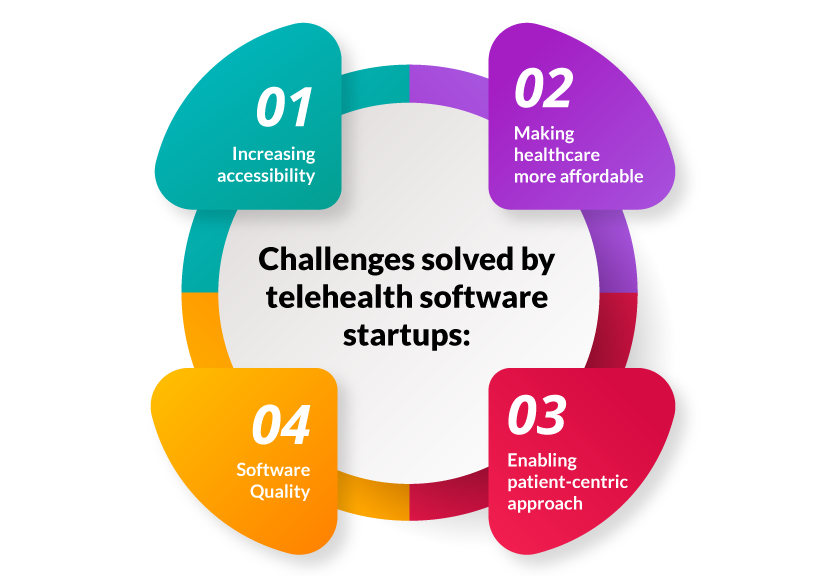 In this edge of technology, Governments have to incorporate telehealth with the existing healthcare systems.
In this edge of technology, Governments have to incorporate telehealth with the existing healthcare systems.
To support medical practices and to provide better healthcare services, many countries are adopting telehealth software.
Telehealth software is essential in today’s society enclosing the same four fundamentals of the right to health:
Increasing accessibility
The patients have the right to get the services related to healthcare where and when they are in need of it. Telehealth software provides the patients to ensure those rights.
In remote places where there is less development and, in rural communities, there is a lack of specialists. There is a lack of even primary care physicians.
Americans living in rural areas have reported that they do not get healthcare services when they need them compared to urban areas. The telehealth app facilitates them to get an appointment with their physician in a few minutes.
Making healthcare more affordable
Healthcare software should be accessible in both ways such as physically and economically. As the service costs are rising, governments of different countries are giving priority to telehealth software development.
Telehealth services are a cost-effective and practical way to monitor patients, provide them consultations, make prescriptions, share lab tests and more.
Enabling the more patient – centric approach
This challenge is related to medical ethics. It requires an approach where patients are in the centre. When patients are in the centre of the medical system, care quality gets advanced.
The patients can play more active and responsible roles in their healthcare with the help of telehealth software. For example, patients can deal with anxiety and depression.
They feel comfortable with the telehealth software as it gives them reminders from time to time and takes follow-up on their regular health checkups.
Also, they feel relaxed as they know if there is an emergency, their doctors will be notified and be available for them.
With the help of HIPAA compliant telehealth software, Licensed psychologists can provide behavioural and mental health care services to the patients as per the international compliance standards and give assurance to the patients for the confidentiality of their health records.
Quality
It is a real challenge for all generations to maintain good quality in healthcare services. The technology has opened wide-wings in healthcare services by creating new opportunities that are effective, affordable and providing on-time services.
Satisfied patients are a good indicator as it reaches the highest levels. According to the statistics, 79% of patients are more happy and satisfied with the follow-up visit with the telehealth applications instead of an in-person visit system.
Such arrangement reduces chances to miss appointments due to the long distance to the clinic, inconvenience to spending time in the waiting room, additional expenses they have to incur etc.
Telehealth provides a video call service conducted at a convenient time that saves time than an in-person visit.
It helps healthcare service providers to decrease the workload of the busiest hospitals considerably and they can devote that extra time to the other patients who are at high risk.
It is a win-win solution worldwide to develop telehealth software.
The actual value of telehealth software is that all the users involved in the healthcare services get connected with each other to get real benefits from it.
Doctors and patients are the two main participants involved in telehealth software as active users.
More people do get the service from physicians, therapists, psychologists and nurse practitioners through telehealth software.
The doctors acknowledge the functionality of EHR EMR, electronic Prescriptions, laboratory tests, medical conditions, etc.
Let us define the telehealth features that should be in good telehealth software.
Related : Healthcare Mobile App Development
Required features to build a telehealth app
At the development stage of the Telehealth Software, the developer should consider the needs of the medical personnel and the patients.
The functionalities of the software should assure that it will ease the work and efforts and, at the same time, it will be cost and time saving for both patients and medical personnel.
The software should have integrated modules to get well-integrated with the existing system and include separate applications for doctors and patients.
The app features should be custom according to the role and needs of the users to get maximum benefits and desired outcomes from it.
Let us outline the advanced features of Telehealth software for patients and doctors.
Telehealth Features for Patients
Automated appointment management
The telehealth software provides patients with the facility to book an appointment with the doctor they choose. It is a vital function that helps patients to know about the open hours to book an appointment.
Related : Benefits of Buy Hospital Automated Prior Authorization Solution
Secure audio / video calls
Sometimes people do not want to reveal their faces because of psychological issues. They prefer to speak privately.
The App provides a voice-only call feature for such kinds of patients. It provides a safe forum to the patients feeling reluctant to speak out their issues to get trained assistance.
Many times patients are required to make a video call when they need a doctor to examine them. A telehealth software facilitates audio and video calls, has to comply with privacy and security safeguards. Audio or video calling through HIPAA compliant telehealth software is guaranteed to keep their personal health information safe and confidential.
Secure chat
Patients can make secure chats with doctors with a built-in chat feature. Patients can chat with their doctor for any urgent query or if any question concerning medicines prescribed. All such conversations should be safe and secured with HIPAA compliant telehealth software.
Prescription management
The telehealth software stores all prescriptions written by doctors and sends notifications to patients to take those medicines. The telehealth software provides the suggestions for closest pharmacies, drug info, brand, pricing and availability of medicines. The prescriptions and their storage have to comply with all the regulations.
EMR/EHR integration
Once patients establish their account in telehealth software, they get storage space to save their medical reports and other related information, including medical data and history of communication.
Such records can be shared with integration features with specialists or other medical personnel through HIPAA compliant telehealth software.
Related : Telemedicine App Development Services
Telehealth Features for Doctors
Medical practitioners have to be well-equipped with the advanced professional tools that empower them to provide quality services to their patients.
Let us define the features and functions to be in the telehealth software.
Medical practitioner profile
The profile of the medical practitioners provides vital information that helps the patients and their relatives that can help them choose the right one for them and build trust at the initial stage. It will look more professional if it is completed, with all the services they are providing.
The complete profile will give a more professional and trusting look to it. The profile should accomplish professional photos, experience, licenses and certifications.
Covering happy and satisfied feedback of the patients is always a great idea that helps to increase the reputations of the medical practitioners.
Electronic health records
The telehealth software should be featured, with the integration with the EHR and EMR system. It ensures that patients’ health records are secure and the software has complied with all the regulations.
It enables a secure data exchange with patients, insurance companies, health registries, pharmacists etc.
Doctors can access the previous records and history of the patients, such as reports of lab tests, previously prescribed treatments, health conditions and other data gathered by other eHealth applications.
Scheduling
With the help of built-in features, the physicians can schedule calls and video visits, manage and track working hours etc.
Auto reminders help doctors maintain the schedules and inform patients of the open hours for booking appointments.
Video and audio calls
The best feature offered by telehealth software is to establish direct communication between physicians and patients via high quality audio or video call.
The development team also has to implement hosting features, video and audio recordings.
Quite often, during the call with the patients, the doctors may require access to the patient’s records. Hence the telehealth software should provide the facility to access the same.
Prescription
Once the doctor checks the patient, they prepare an ePriscription. It will be stored in the records of the patient and shared with the patients.
The telehealth software provides the suggestions for closest pharmacies, drug info, brand, pricing and availability of medicines. The prescriptions and their storage have to comply with all the regulations.
Remote patient monitoring
Telehealth software brings many connected tools to deliver advanced and higher quality care services.
Data of the patients are gathered through wearables, sensors or other integrated apps by a central repository. It is to be processed and shared with healthcare providers.
It will provide daily awareness regarding the condition of the patient. Also, it enables improved supportive care as well as emergency prevention.
The main aim of all the healthcare software systems is to ensure better doctor and patient engagement.
Related : Benefits of Remote Patient Monitoring
Account moderation and support
Usually, medical practitioners have few additional permissions to perform actions. To build good relationships within the app community permission, to moderate accounts and support would help.
For example, doctors have permission to moderate chats. It covers only signed-in users, limited history and embed access and not guest postings. It denied permission to post messages and share images.
Doctors have permission to block particular users if required. However, it should be to prevent violations of policy and to solve arising disputes.
Continuous medical education
An advanced telehealth software should provide the facility to add and store different case studies. Also, it should facilitate updating changing practices and sharing experiences with other doctors using the same software.
In short, the telehealth software should build a progressive and supportive community within the software.
For instance, the telehealth software developer should include a chat module for medical specialists to share their experience or mass mailing facility for new methodology or medicines or discoveries in the medical field.
Why should you build HIPAA Compliance telehealth Software?
There is a massive boom in Telehealth services. There is a huge demand for building HIPAA-compliant telehealth software.
The hospitals, clinics, and small medical practices are now required to bring their systems up to date with new technology.
Building healthcare software is far more complex than building generic software products.
A Secure Solution Ensures the Quality of Care — Even from a Distance.
Many physicians are concerned about the quality of care and services they are providing through telehealth. Security, privacy, and reimbursement are the reasons clinicians are hesitant to use telehealth.
A HIPAA compliant telehealth solution helps to mitigate these concerns and also expand the reach of services.
How to build HIPAA compliant software systems?
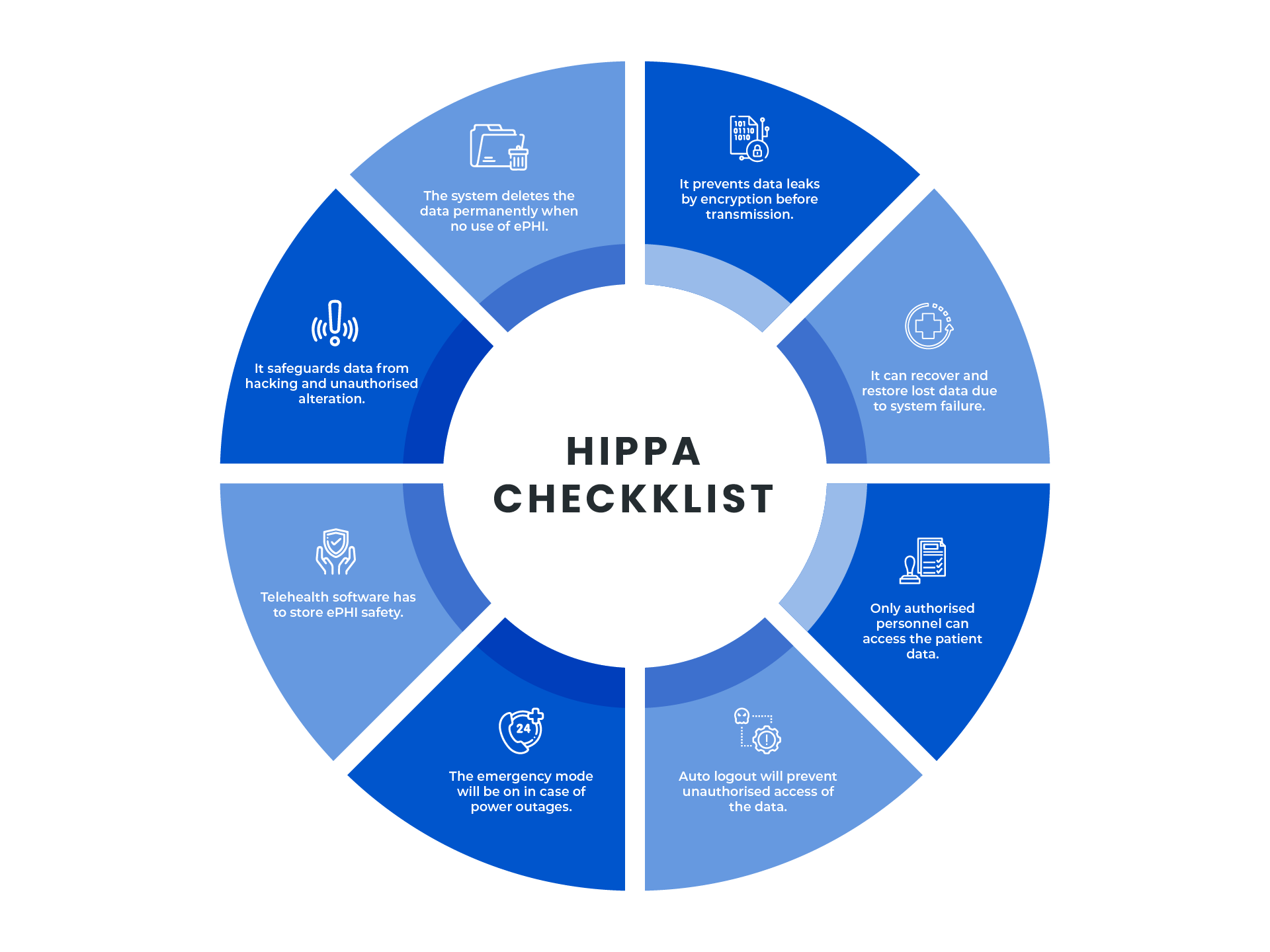
Telehealth software must comply with rules and statutory amendments that modify the original Act to adopt new technologies.
Following features must be included to make telehealth software to be fully HIPAA compliant.
- Secure data encryption and decryption.
Before transmission, all medical data and records have to be encrypted. It will prevent data leaks from being deciphered by cybercriminals.
Transmission channels encrypted with HTTPS and certificates.
Data encryption has to be used to protect it from hacks into the database at the storage location.
- Safe and secure backup.
Telehealth software should have features to recover and restore lost data to prevent data loss due to system failure. Data backup also should be encrypted.
- Restricted access.
The records and data of the patients should be accessed and viewed only by persons who are permissible for the same.
Healthcare software should include functionality to permit specific users.
- Automatic logout.
The system should automatically log out the users once they retrieve the necessary records. It will help to prevent non permissible persons from getting access.
- Emergency mode.
Software should include protective emergency features in case of power outages or other interference.
- Data storage.
Telehealth software has to store ePHI safely.
- Immutability.
Telehealth software should have all safeguards that it cannot be hacked or altered by impermissible parties.
- Disposability.
When there is no use of ePHI, the system should delete it permanently hence can not be retrieved in future.
It is not a simple task to build high-quality telehealth software that meets the high standards set forth by HIPAA.
A secure telehealth software protects more than privacy. It reduces the risks related to COVID-19 exposures — for patients and clinicians.
Checklist to successfully launch your telehealth startup
Amid the COVID-19 pandemic, the Centers for Disease Control and Prevention (CDC) report that telehealth visits saw a 154% increase in 2020.
 Telehealth is capable enough to resolve the problems such as lack of supply of healthcare services and give access to healthcare services as and when required. It opens doors for new possibilities.
Telehealth is capable enough to resolve the problems such as lack of supply of healthcare services and give access to healthcare services as and when required. It opens doors for new possibilities.
Healthcare providers can extend their coverage and make a more meaningful impact on the population with immediate results.
You can get a full insight here on – A Complete Guide on How To Launch Your Telehealth Startup Successfully in 2022
Where we will explore everything you need to know about how to:
Identify the problem you want to solve.
The medical personnel are committed to providing quality healthcare to their patients. But does their infrastructure accommodate the new wave of expectations?
Prepare a solution and business plan
Telehealth software is a safe and scalable solution that makes healthcare services reachable as and when required. It also streamlines the patient experience.
Identify the right vendor to build the solution
You need a technology partner who can provide quality services and a pleasant experience to doctors and patients. It can be possible by choosing the right vendor to build the solution, offering convenient features at both ends.
Find a compliance partner to make your solution HIPPA compliant
It is vital to proceed with caution when you are choosing HIPAA compliant solutions. Choose the right partner who provides you with HIPAA compliant technology solutions.
It will help you stay focused on your business, give faster services and have peace of mind that your systems and data are secure and compliant.
Build a marketing plan
There are several ways to make marketing plans for telehealth. Some serve as a high-level strategic overview.
Others make detailed analytics by assessing market segments, target audience, the position of the industry and more.
Try to choose the perfect scope and format for your plan.
Launch the business
The launching of telehealth business includes legal issues such as FDA issues, intellectual property issues, data privacy and security issues, and state laws governing the healthcare services. Prepare a checklist of legal formalities prior to launch.
Build a support team
Once the telehealth software gets launched, it is time to carry it to a live environment and into the app stores, from where customers can download it.
The telehealth module should incorporate client feedback for better and improved healthcare services.
IOS and Android should receive updates from time to time. It is essential to update the app to make sure to provide the best user experience consistently.
Serve the customer
Telehealth helps patients to lower the costs of healthcare services. It drives up efficiency and revenue for you and provides your patients better access to healthcare services as and when required.
Ultimately they get happier and healthier to stay in your medical organization.
Wrapping up

Once you find a secure telehealth software that is HIPAA compliant, you can improve your work efficiency. You can check the patients without entering their room.
You can make virtual follow-up care that facilitates the patients to continue their recovery at home.
It also helps patients as it prevents the risk of exposure by leaving home and even clinicians do not have to risk exposure when caring for patients.

